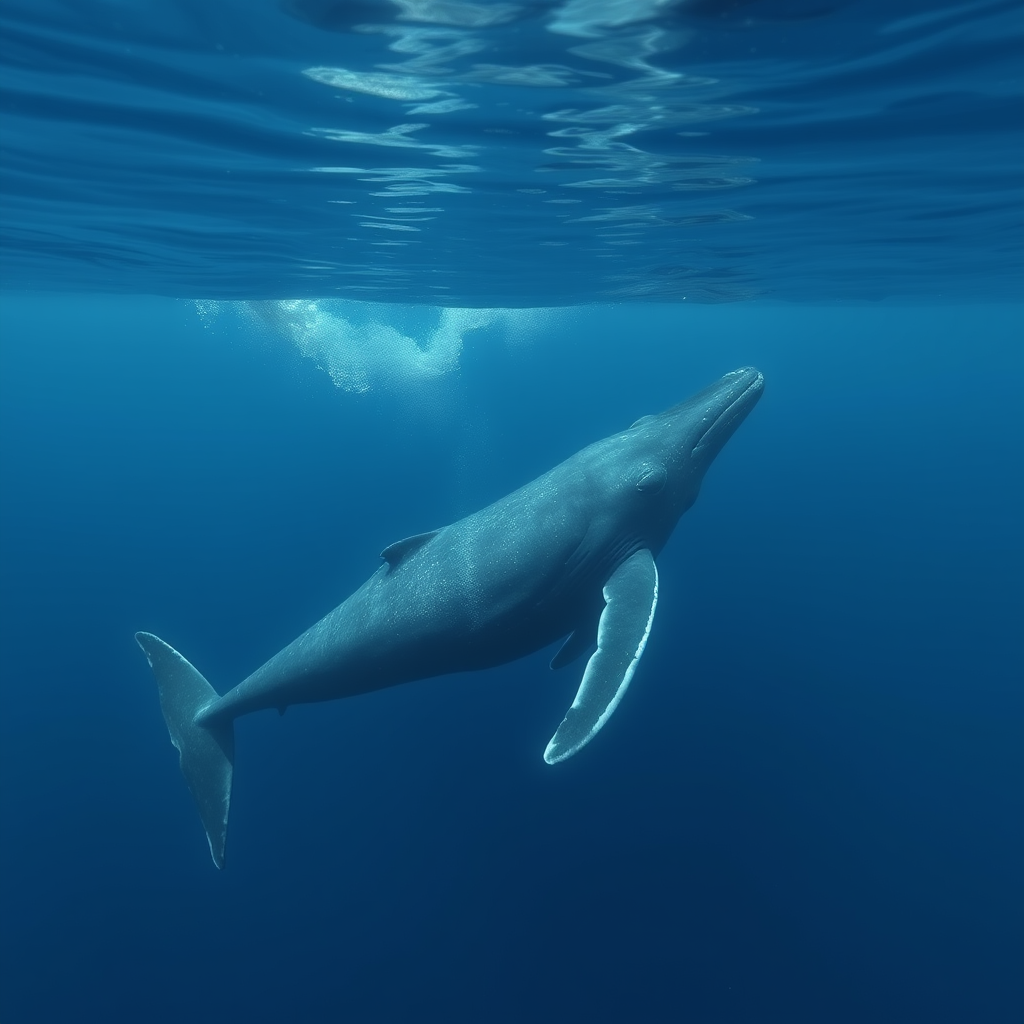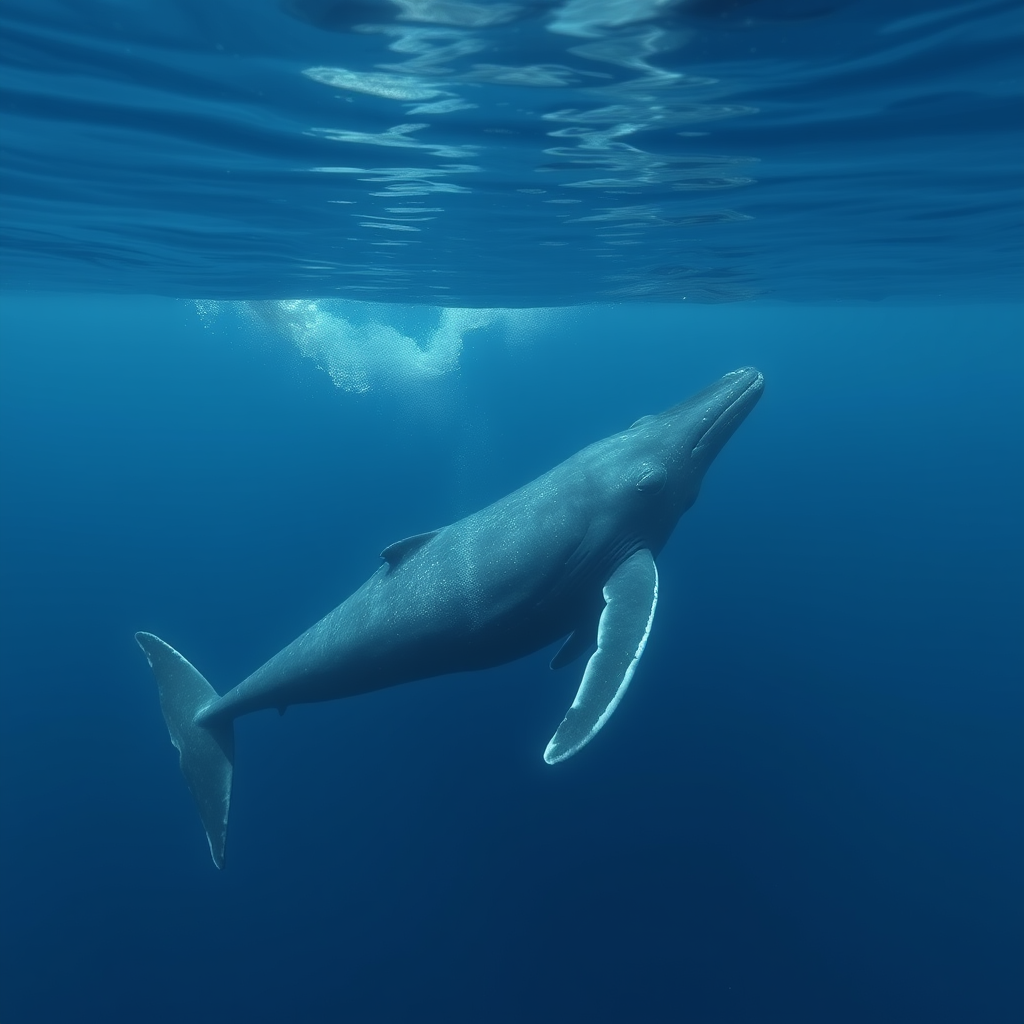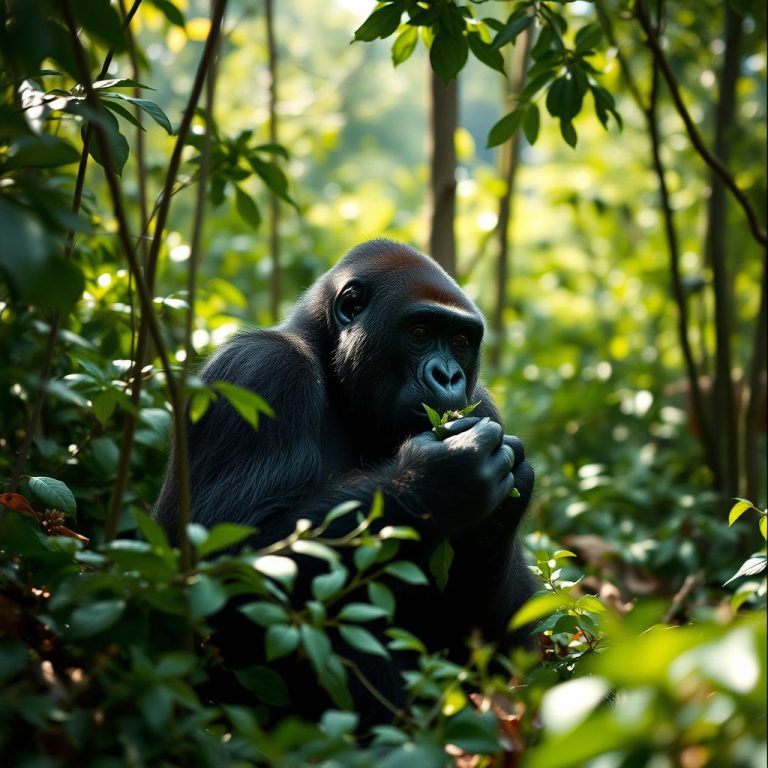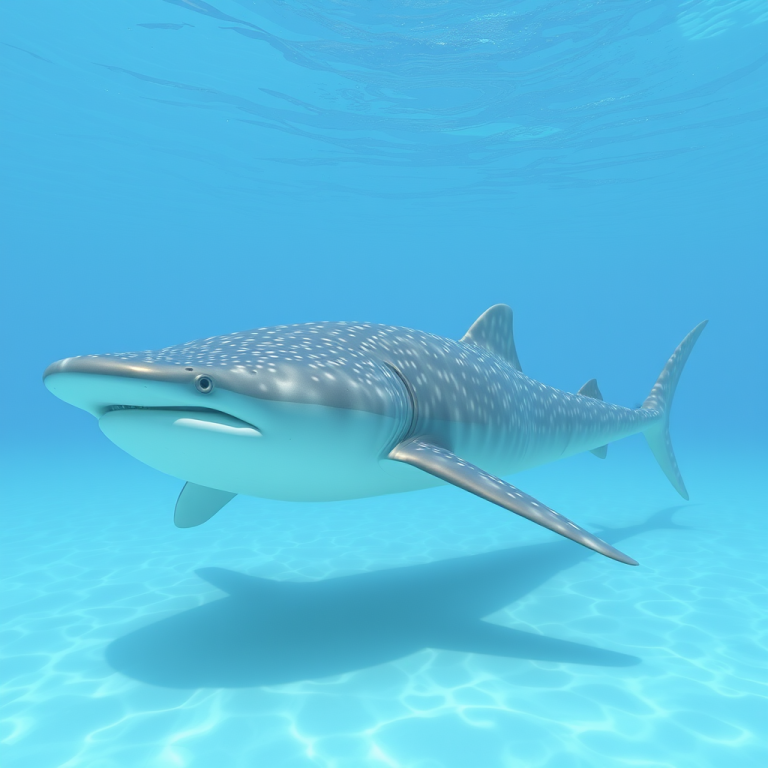Humpback Whales: When Giants Roam the Seas
When you imagine the open ocean, it’s almost impossible not to picture a humpback whale slicing through the waves with powerful grace. These gentle giants are among the most beloved creatures in the marine world, known for their dramatic leaps, soulful songs, and epic migrations across the globe. Despite their massive size, humpback whales move with surprising agility and have captured the hearts of scientists, conservationists, and whale watchers alike.
Record-Breaking Migrations
Humpback whales are true world travelers. Every year, they undertake one of the longest migrations of any mammal, traveling thousands of miles from icy feeding grounds in places like Alaska to warm tropical waters where they breed and give birth. Some journeys stretch over 5,000 miles one way, with whales navigating open oceans for weeks without losing their way. Scientists believe they use a combination of environmental cues—like water temperature, ocean currents, and possibly even Earth’s magnetic fields—to guide these incredible journeys.
Songs Heard Across the Ocean
One of the most magical traits of the humpback whale is its song. Only males sing, and their songs can last anywhere from a few minutes to over half an hour. What’s even more fascinating is that every population has its own unique song, and these songs slowly evolve over time. Researchers think these vocal performances play a role in mating, but no one fully understands their complexity yet. What’s certain is that a humpback’s song can travel for hundreds of miles underwater, filling the ocean with haunting, beautiful music that connects whales across vast distances.
Masters of the Hunt
When it’s time to feed, humpbacks show off some impressive skills. They mainly eat krill and small fish, but how they catch them is something special. One of their most famous techniques is called bubble-net feeding. A group of whales will work together, blowing bubbles underwater to form a trap that corrals fish into a tight ball. Then, like a synchronized dance, the whales charge upwards through the bubble net with their mouths wide open, swallowing thousands of fish in one powerful gulp. It’s teamwork at its finest—and an amazing sight to witness.
Built for the Ocean Life
Adult humpback whales can grow up to 60 feet long and weigh about 40 tons. Despite their size, they are surprisingly acrobatic, often breaching (jumping out of the water) in full, twisting spins. Their long pectoral fins, which can be up to a third of their body length, help them maneuver with incredible grace. Each humpback also has unique markings under its tail, like a fingerprint, which researchers use to identify individuals throughout their lives.
A Comeback Story — But the Work Isn’t Over
Humpback whales were once hunted to the brink of extinction, their populations devastated by the commercial whaling industry in the 19th and early 20th centuries. Thanks to international bans on hunting and conservation efforts, many populations have made a strong comeback. Today, spotting a humpback whale off the coast is a sign of hope that recovery is possible.
However, humpbacks still face modern-day threats like entanglement in fishing gear, ship strikes, plastic pollution, and ocean noise that can disrupt their ability to communicate. Ongoing conservation work is crucial to protecting them and the delicate ecosystems they help support.
Final Thoughts
From their legendary songs to their breathtaking leaps from the water, humpback whales remind us of the beauty and mystery that still thrives in our oceans. They are travelers, performers, and survivors—all packed into one awe-inspiring creature. Protecting humpback whales means preserving a piece of magic that belongs to everyone, and ensuring that future generations can hear their songs echo across the seas.
If you’re curious about the wonders of wildlife, stick around—there’s a whole world to explore at Wonder of Wild.








